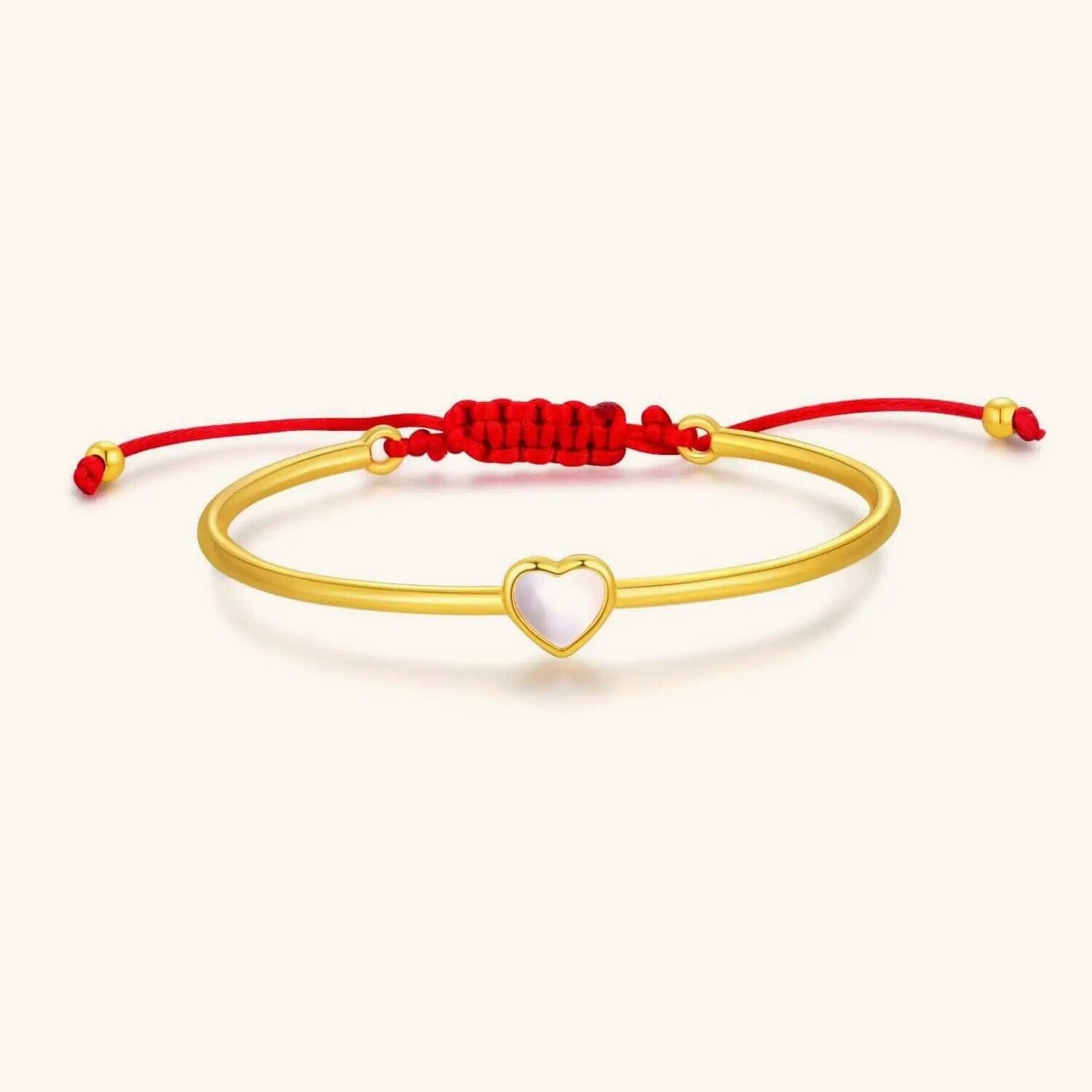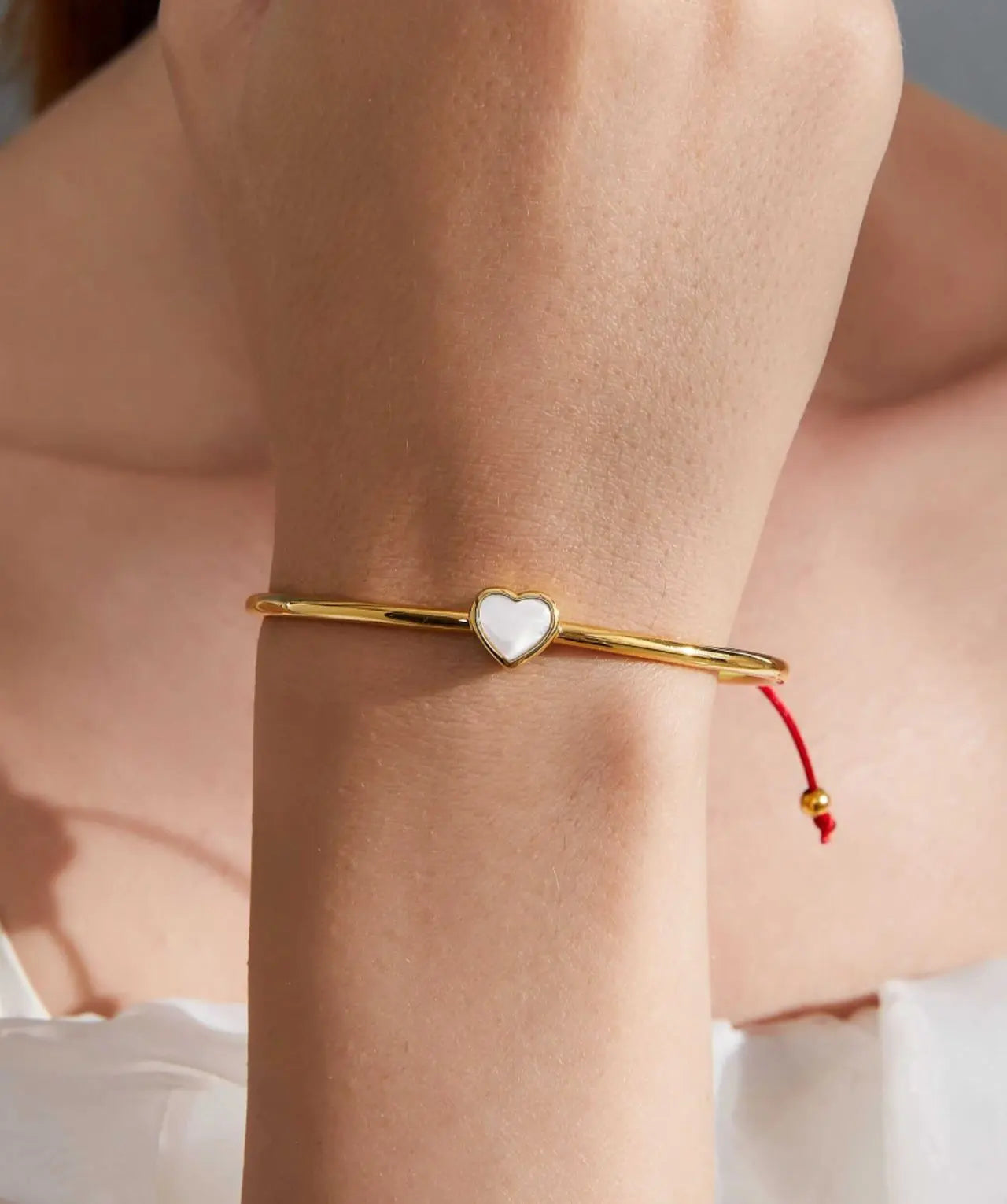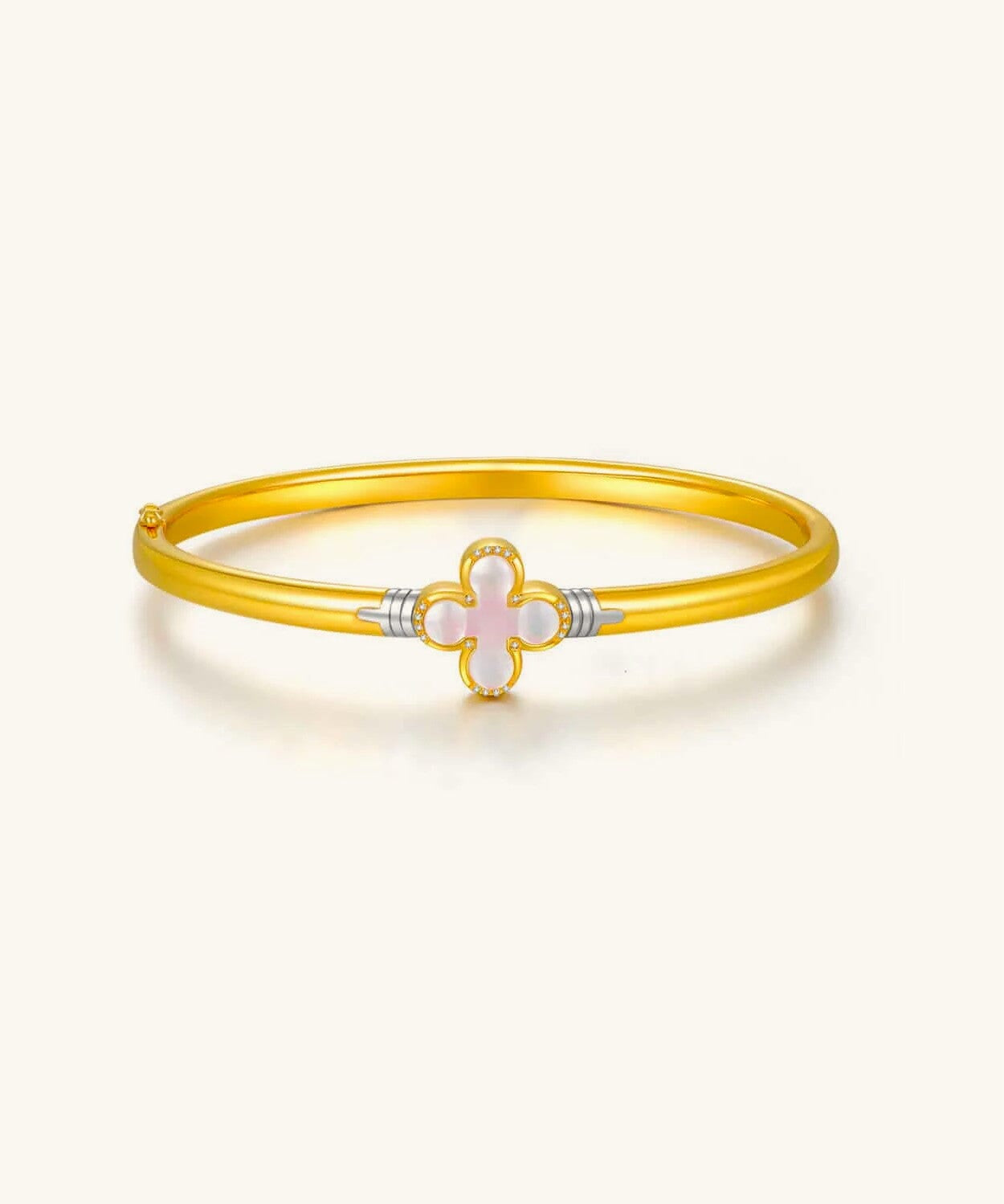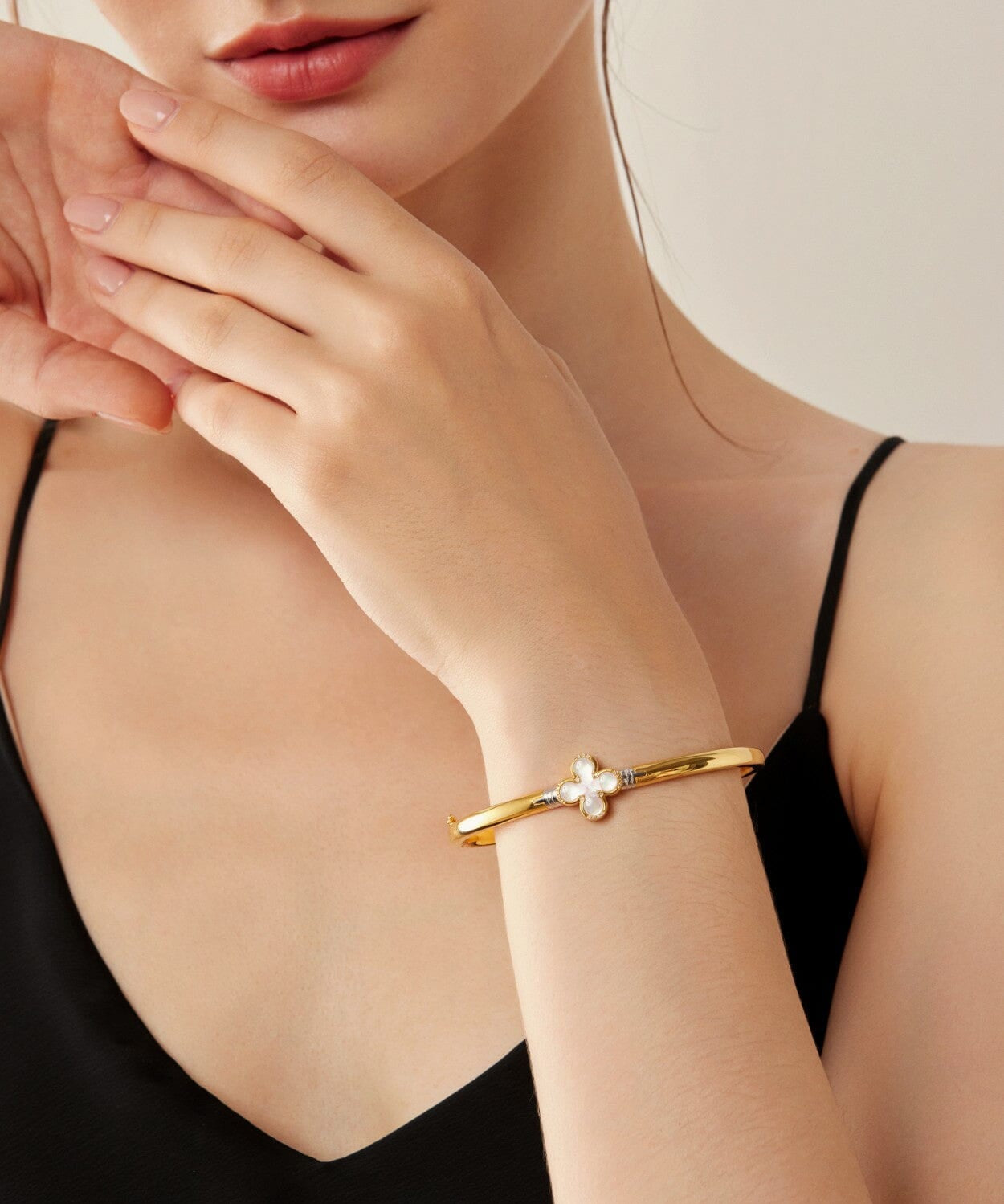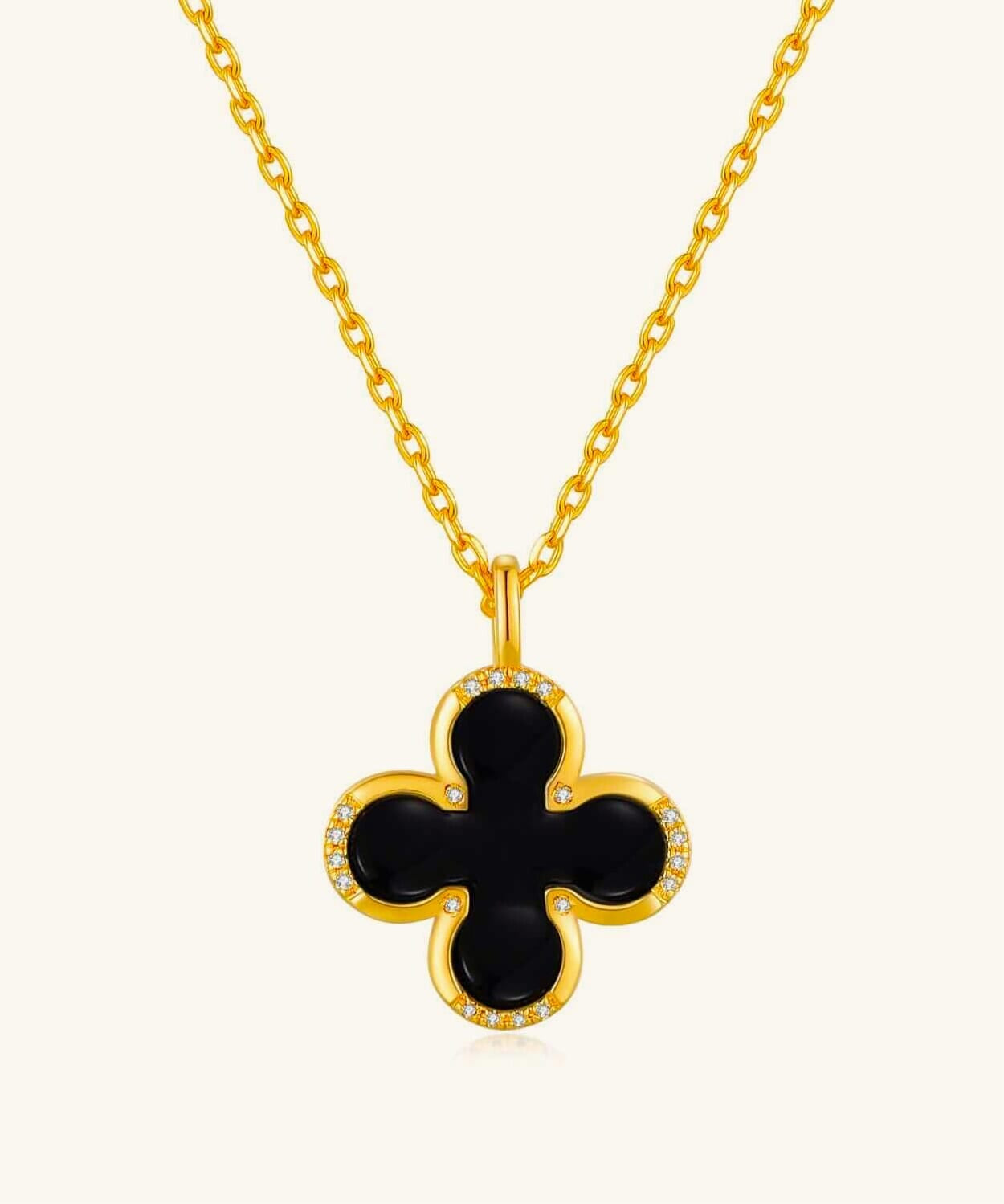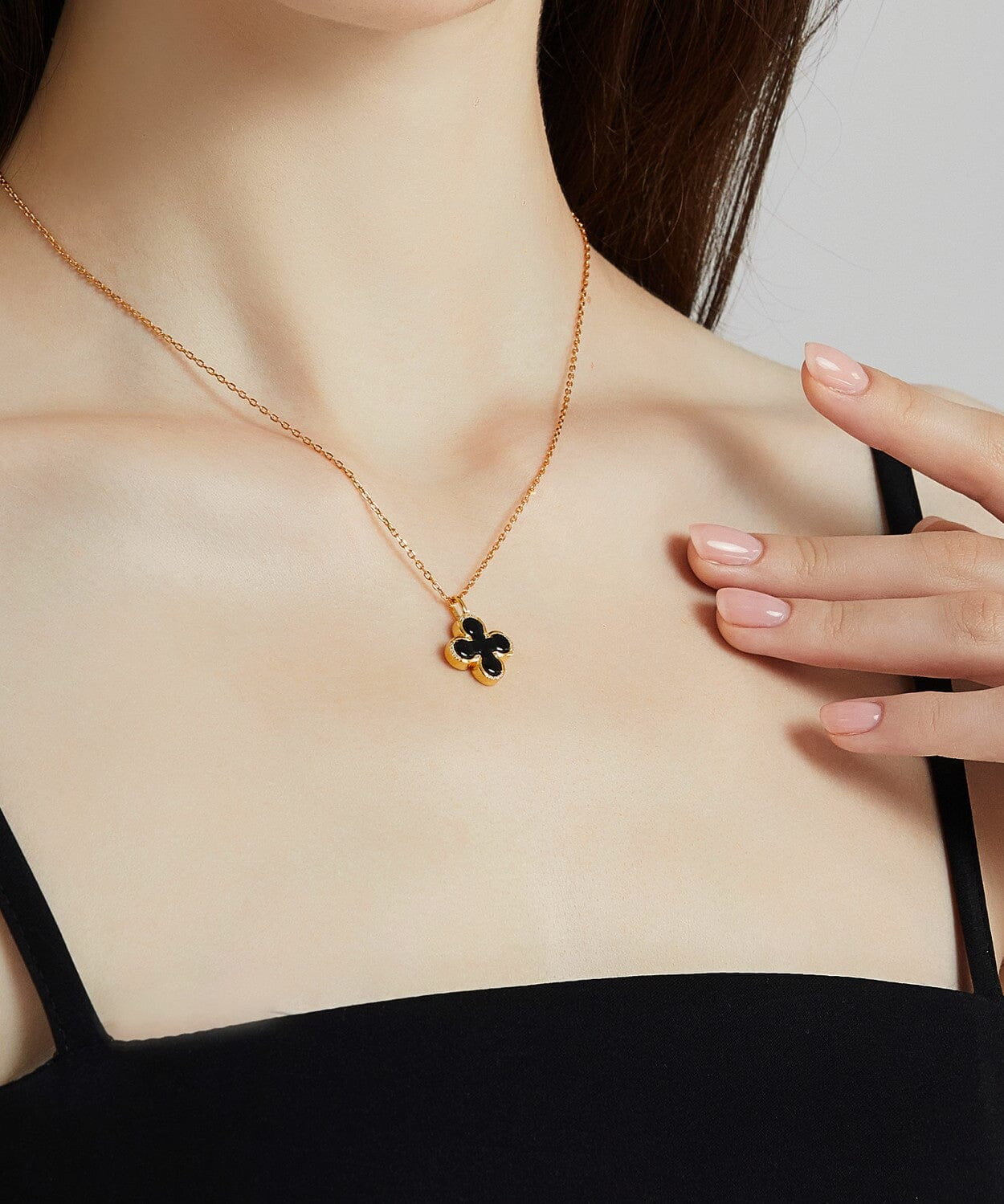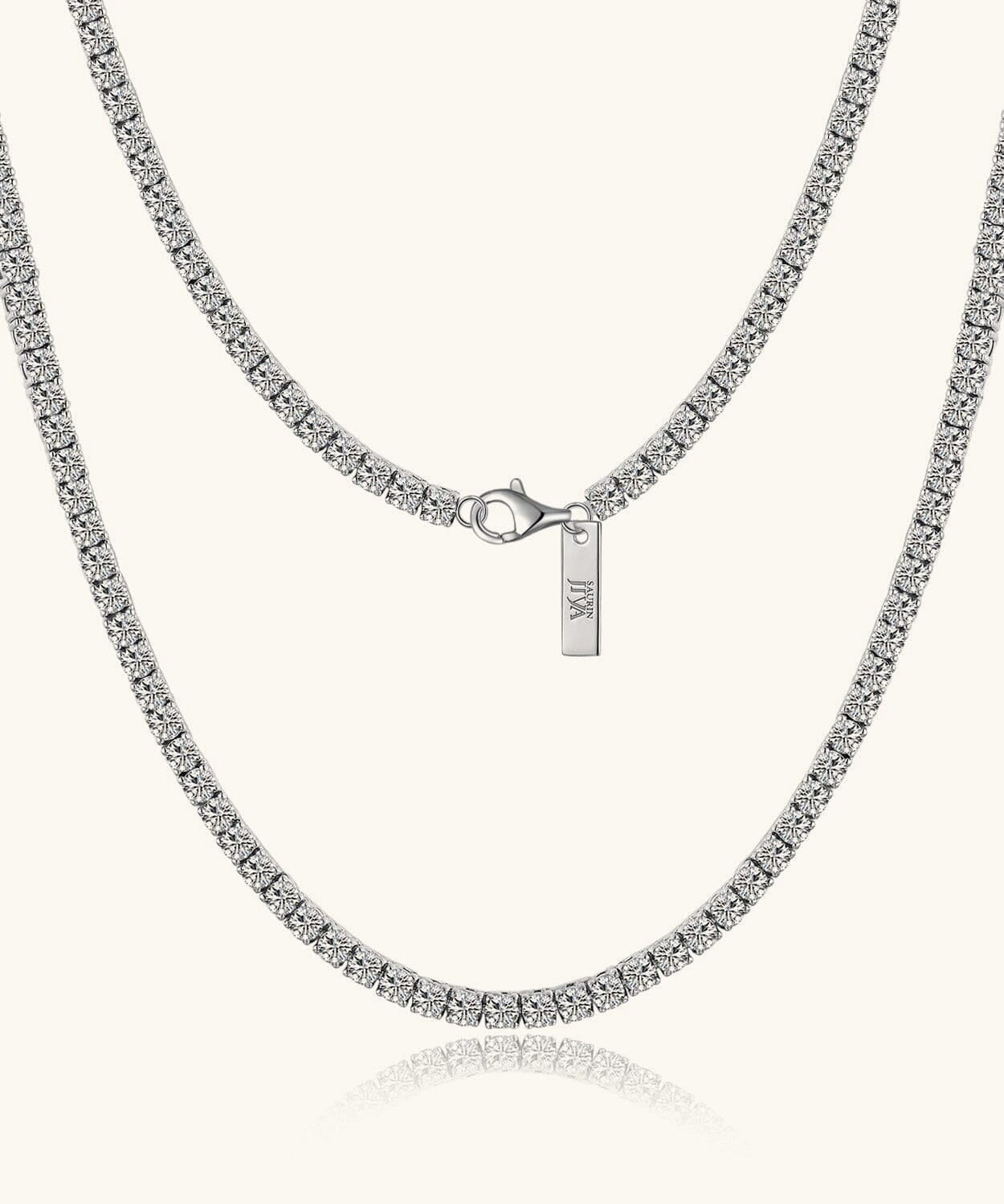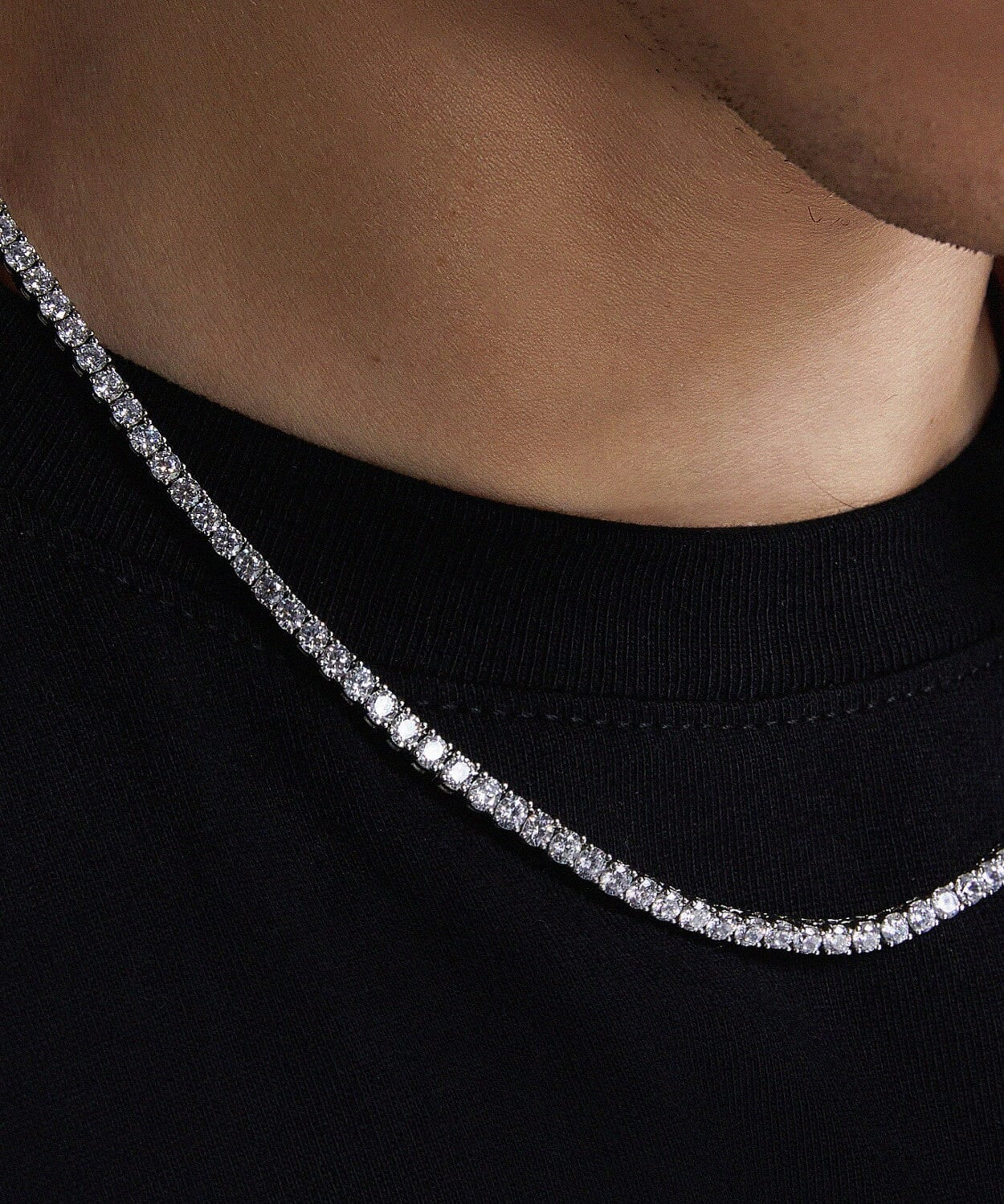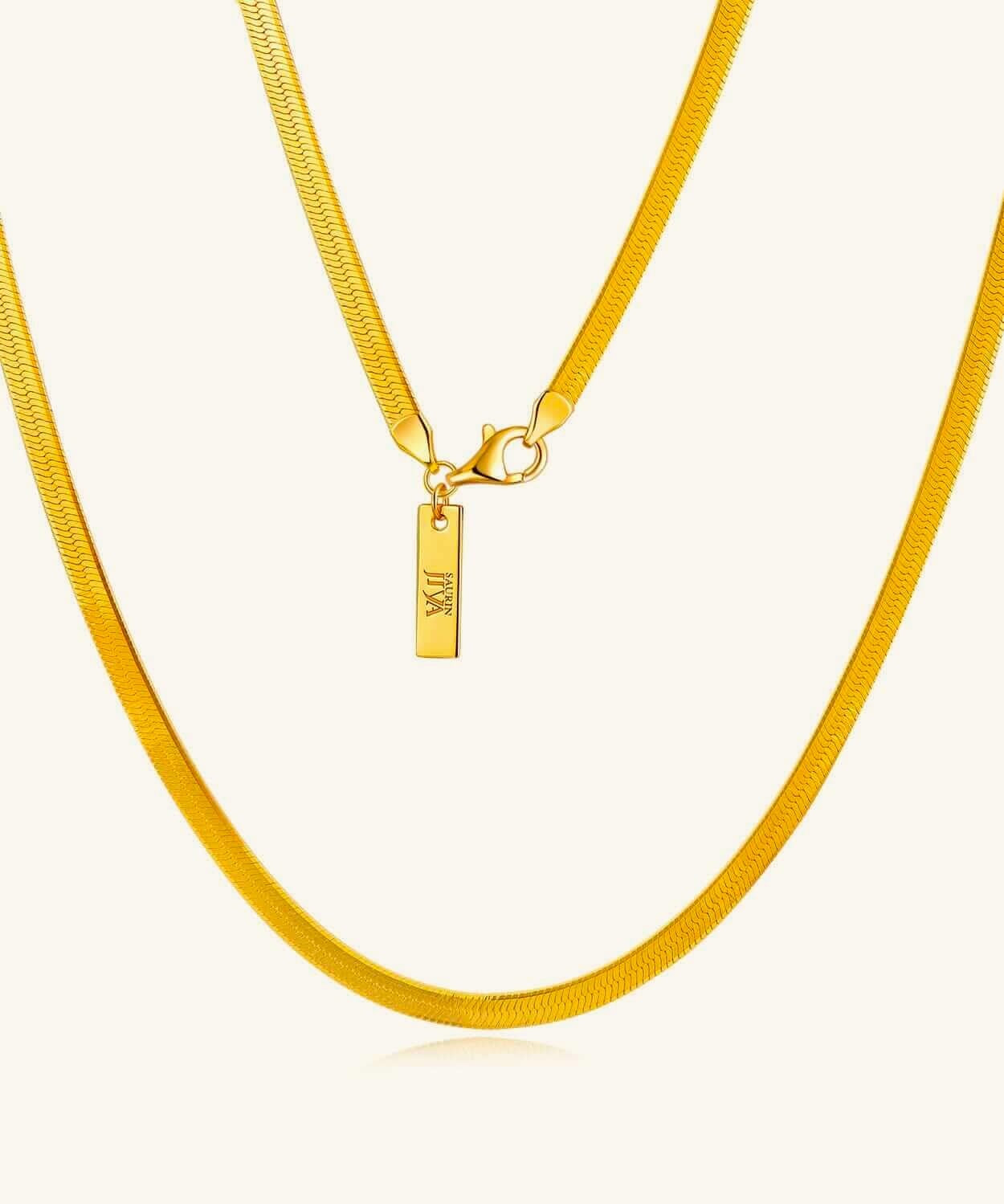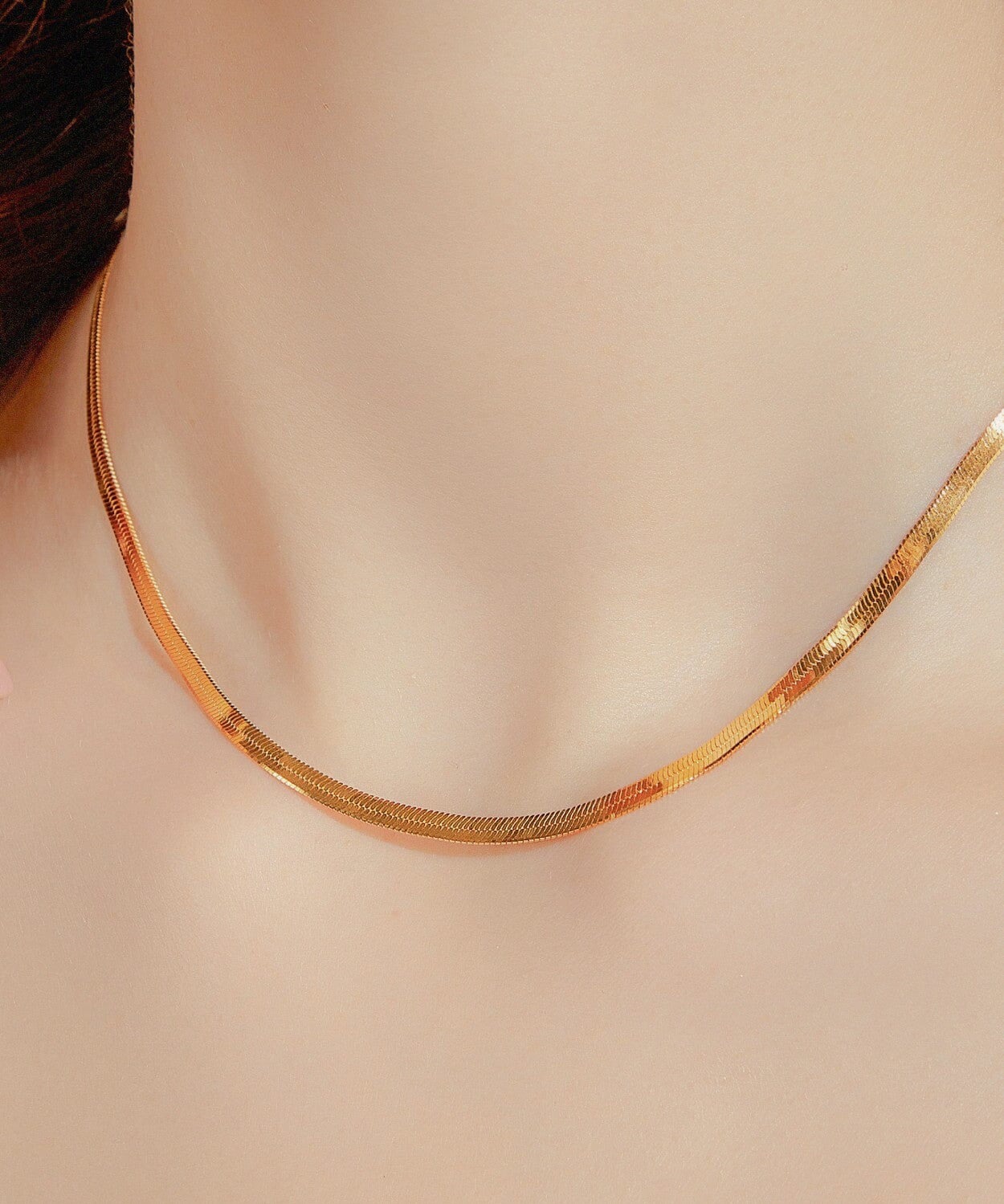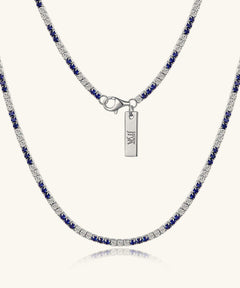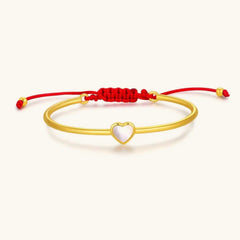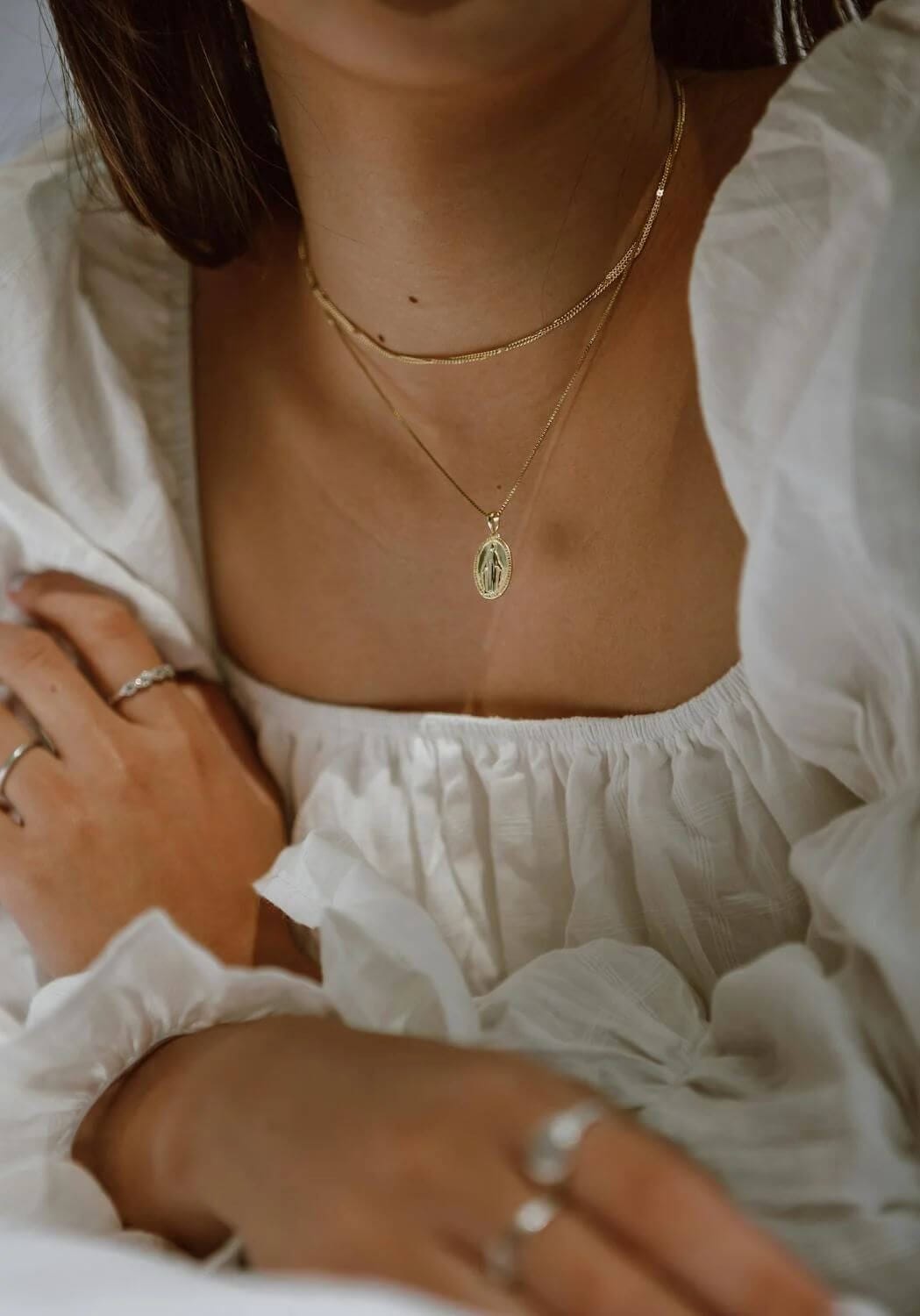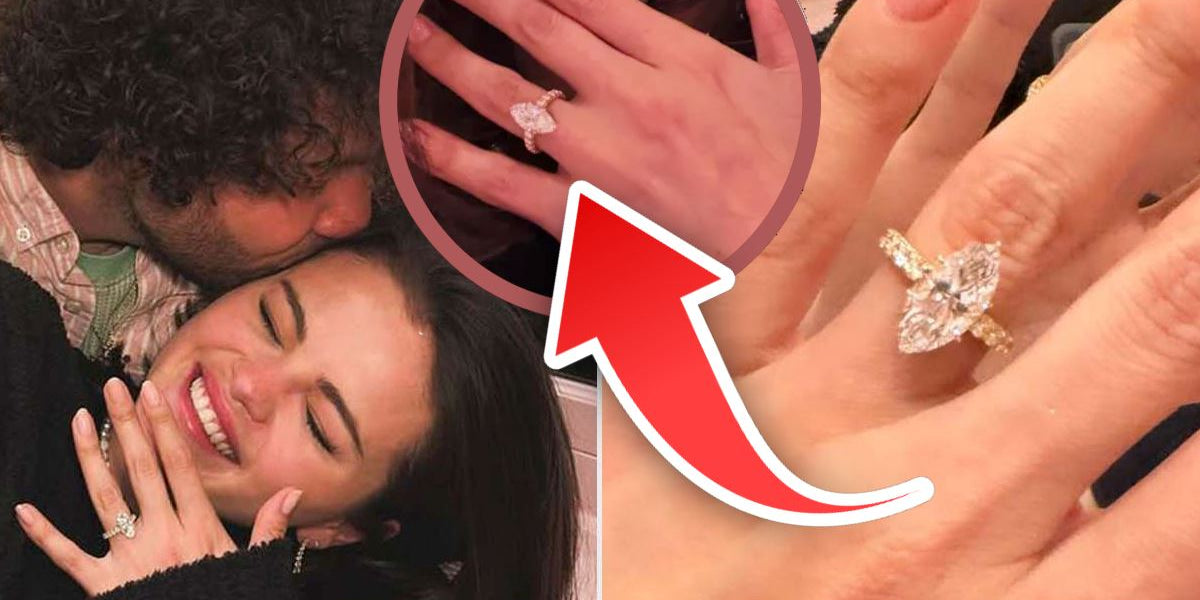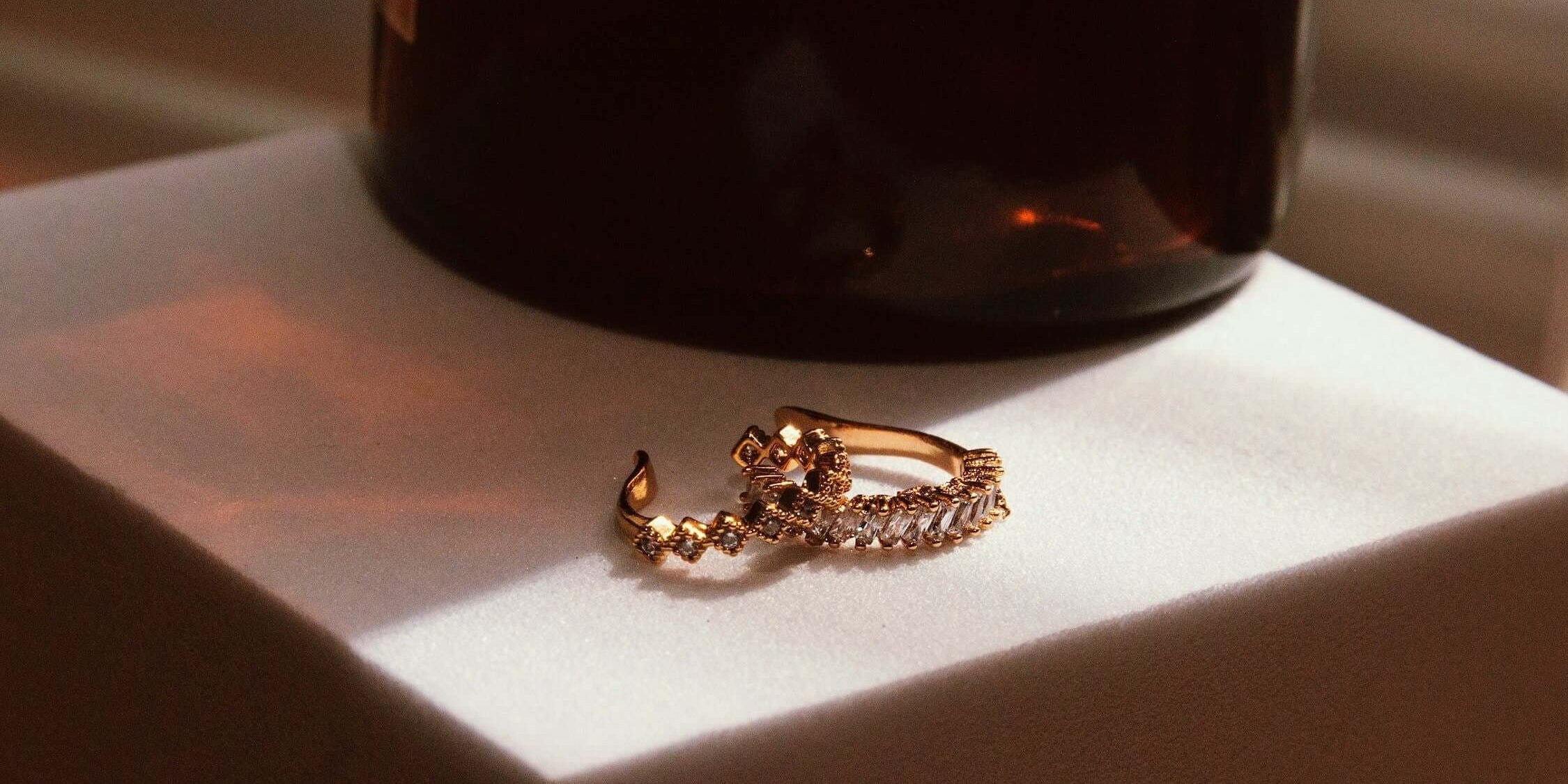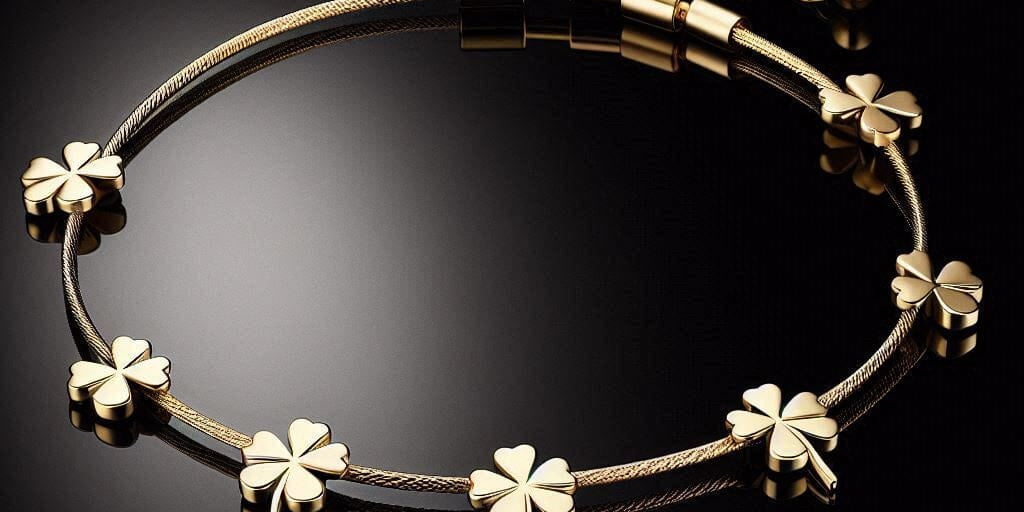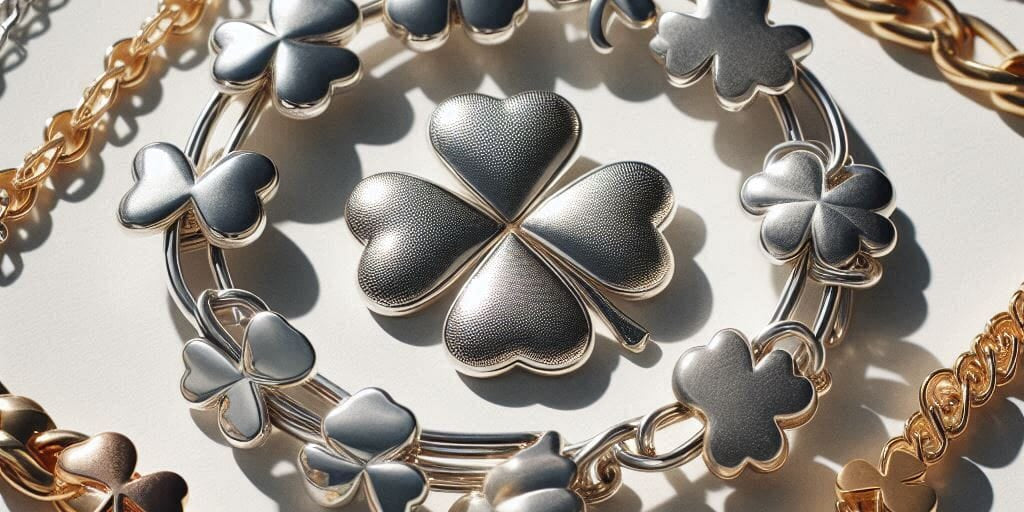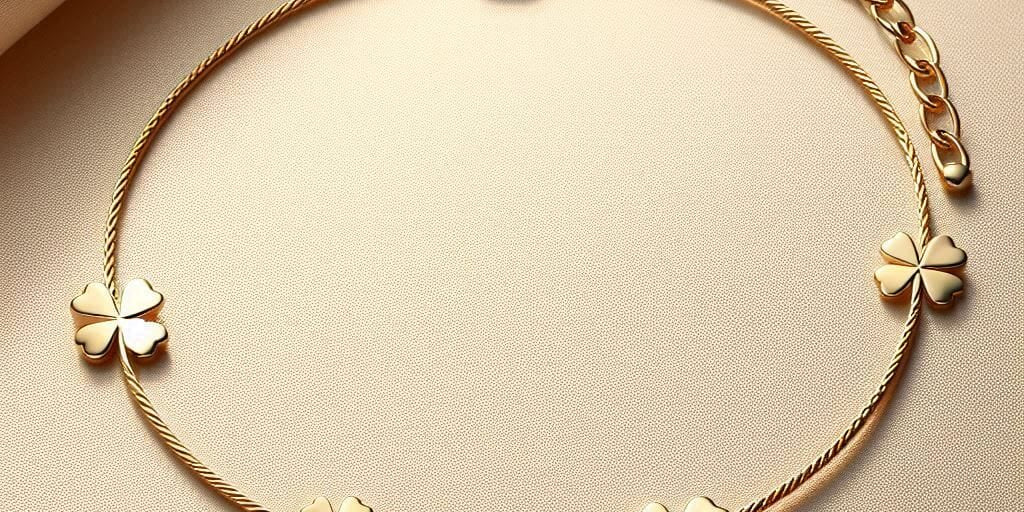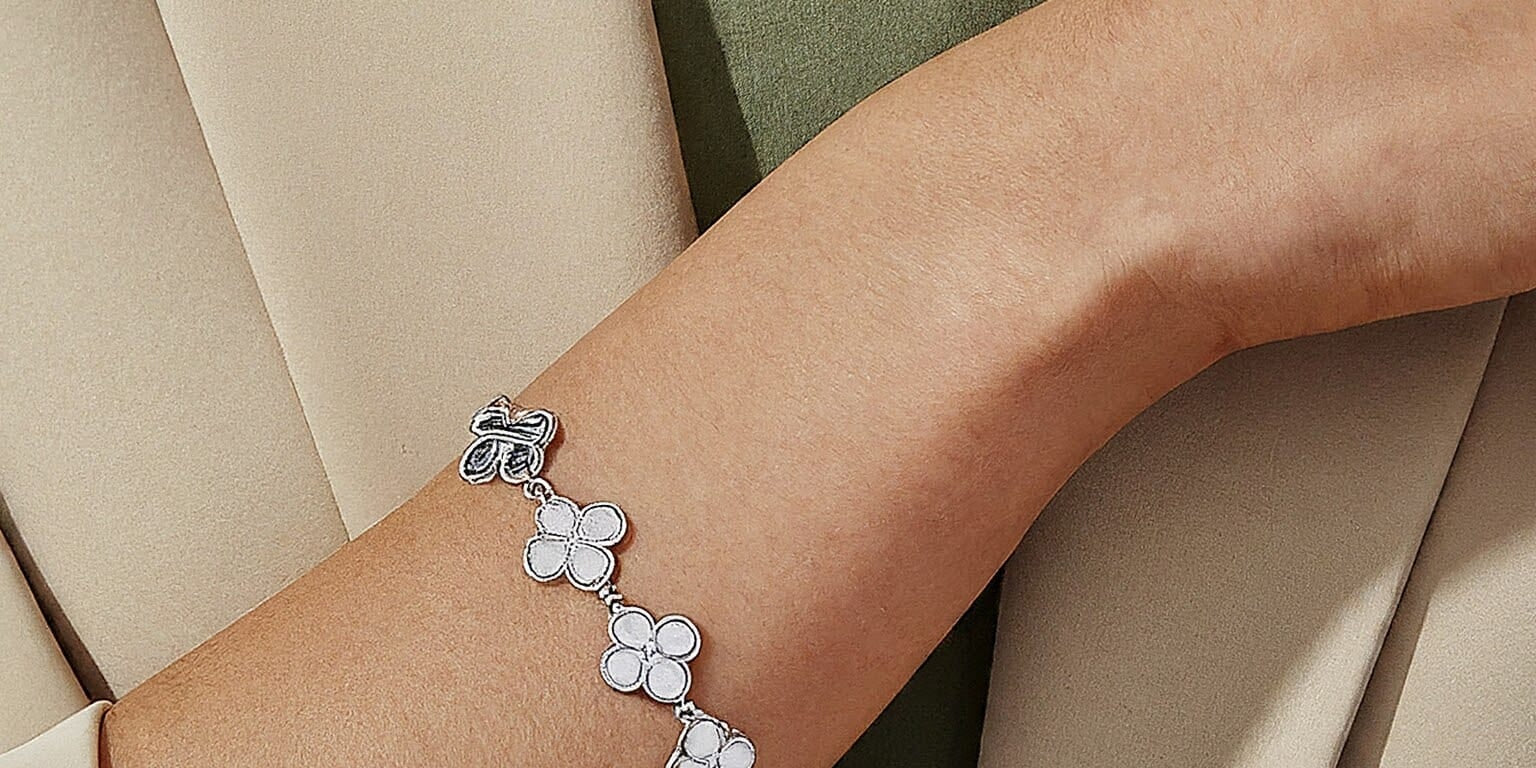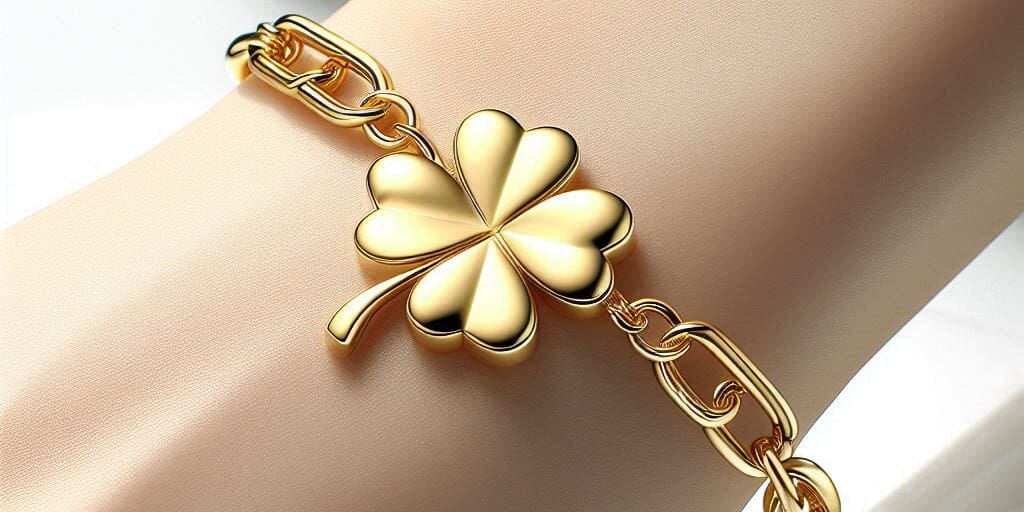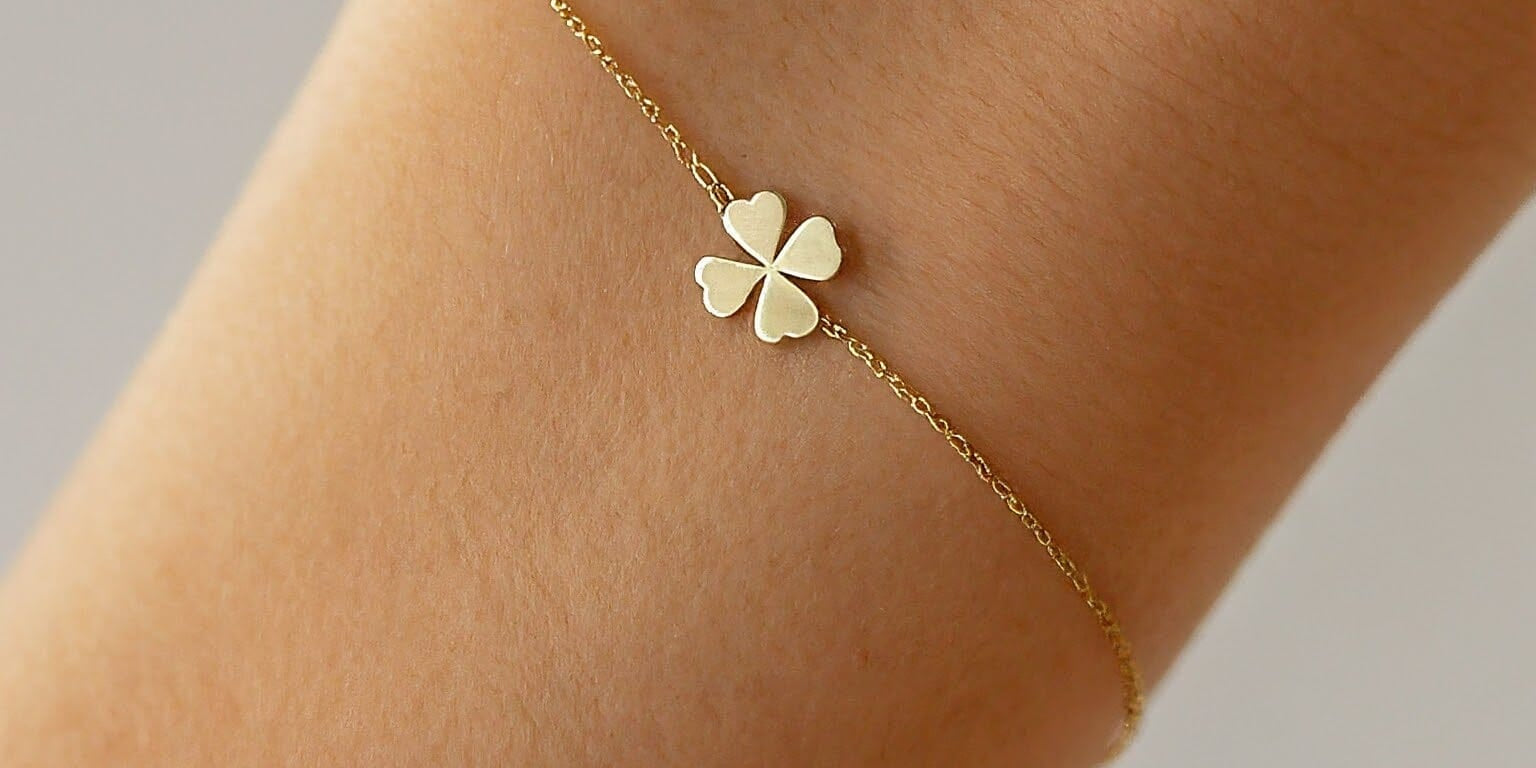Gold has been a symbol of wealth and luxury for centuries, and it continues to hold its value in today's society. However, not all gold is created equal. When shopping for gold jewelry, you may come across terms like "18k" and "24k", but what do these numbers mean? In this article, we'll explore the differences between 18k and 24k gold and help you make an informed decision when purchasing gold jewelry.
What Do 18k and 24k Mean?
Before we dive into the differences between 18k and 24k gold, let's first understand what these numbers represent. The "k" stands for karat, which is a unit of measurement used to determine the purity of gold. Pure gold is 24 karats, meaning it is 100% gold. However, pure gold is too soft to be used in jewelry, so it is often mixed with other metals to make it more durable.
24k Gold
by Alex Knight (https://www.rawpixel.com/search/gold%20jewelry?page=1&path=_topics&sort=curated)
24k gold is considered the purest form of gold, with a purity of 99.9%. This means that 24 out of 24 parts of the gold are pure gold. It is often referred to as "fine gold" and is typically used in investment pieces, such as gold bars and coins. 24k gold is also used in some high-end jewelry, but it is not as common due to its softness.
18k Gold
18k gold, on the other hand, is only 75% pure gold, with the remaining 25% being made up of other metals. This makes it more durable and suitable for everyday wear. 18k gold is the most popular choice for gold jewelry, as it offers a good balance between purity and durability.
Differences in Appearance
One of the most noticeable differences between 18k and 24k gold is their appearance. 24k gold has a bright, yellow color that is often associated with gold. On the other hand, 18k gold has a slightly duller, more muted color due to the presence of other metals. This can be seen in the image below:

by Shyam (https://unsplash.com/@thezenoeffect)
The difference in color is more apparent when comparing white gold. 24k white gold has a bright, silver color, while 18k white gold has a slightly yellowish tint. This is because 18k white gold is often mixed with yellow gold to achieve its color.
Durability and Wearability
As mentioned earlier, 24k gold is too soft to be used in jewelry, making it less durable than 18k gold. This means that 24k gold is more prone to scratches and dents, and may not hold up well with everyday wear. On the other hand, 18k gold is more durable and can withstand daily wear and tear.
Scratch Resistance

by Erol Ahmed (https://unsplash.com/@erol)
To test the scratch resistance of 18k and 24k gold, we conducted a scratch test using a steel file. The results showed that 24k gold was easily scratched, while 18k gold showed minimal scratches. This is because the other metals in 18k gold make it harder and more resistant to scratches.
Wearability
Another factor to consider is the wearability of the gold. 24k gold is more malleable and can bend easily, making it more prone to damage. 18k gold, on the other hand, is more durable and can withstand daily wear without losing its shape.
Price Differences
The purity of gold also affects its price. 24k gold is more expensive than 18k gold due to its higher purity. However, the price difference may not be as significant as you might think. The price of gold is determined by its weight, so a piece of 18k gold jewelry may be heavier than a piece of 24k gold jewelry due to the presence of other metals. This means that the price difference between the two may not be as significant as the difference in purity.
Which One Should You Choose?
When it comes to choosing between 18k and 24k gold, it ultimately comes down to personal preference and budget. If you prefer a brighter, more yellow gold color and are willing to pay a higher price, then 24k gold may be the right choice for you. However, if you want a more durable and affordable option, 18k gold is the way to go.
Consider the Purpose
by Sabrianna (https://unsplash.com/@sabrinnaringquist)
Another factor to consider is the purpose of the gold jewelry. If you are purchasing a piece of jewelry for everyday wear, such as a wedding band or a necklace, then 18k gold is the better choice. It will withstand daily wear and tear and maintain its appearance for longer. However, if you are purchasing gold as an investment, then 24k gold may be a better option.
Consider Your Skin Sensitivity
Some people may have skin sensitivities to certain metals, which can cause irritation or discoloration. If you have sensitive skin, it is best to opt for 18k gold, as it is less likely to cause a reaction due to the lower percentage of other metals.
In Conclusion
In summary, 18k and 24k gold differ in terms of purity, appearance, durability, and price. 24k gold is the purest form of gold, but it is too soft for everyday wear. 18k gold is more durable and affordable, making it the most popular choice for gold jewelry. When choosing between the two, consider your personal preferences, budget, and the purpose of the jewelry. With this knowledge, you can make an informed decision and choose the right
